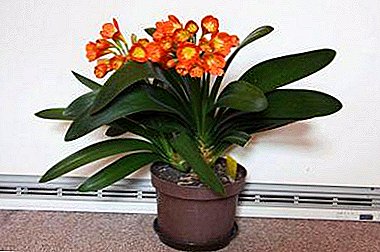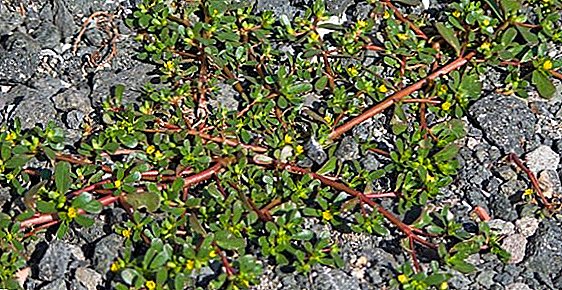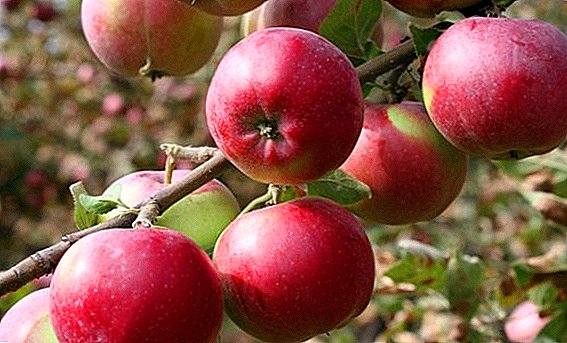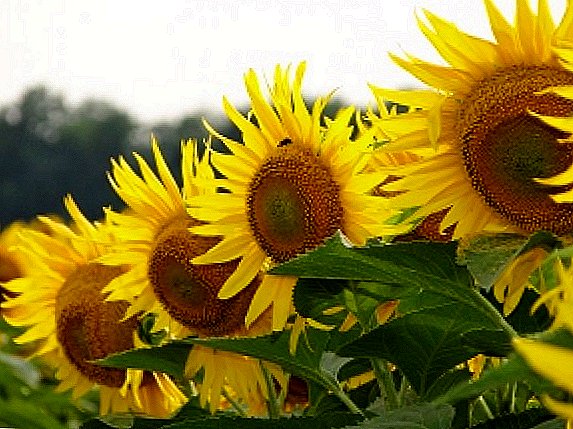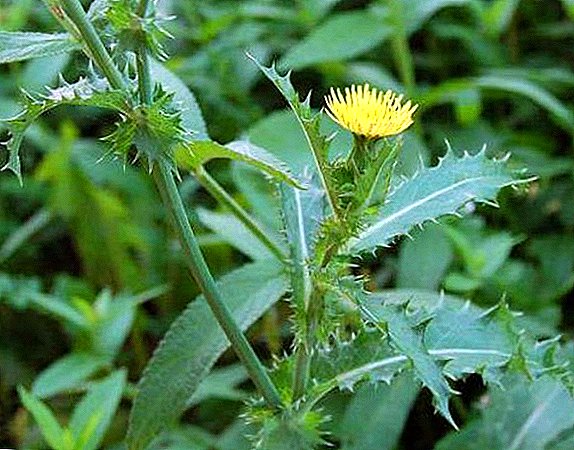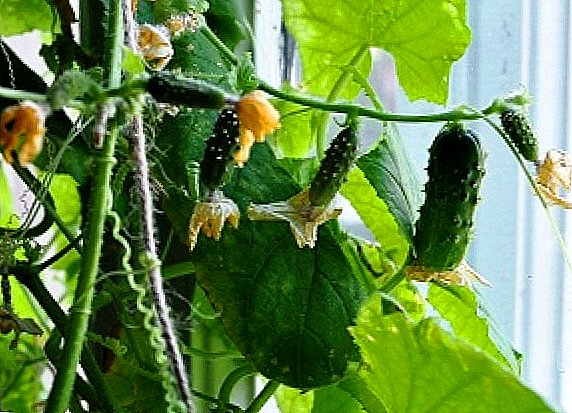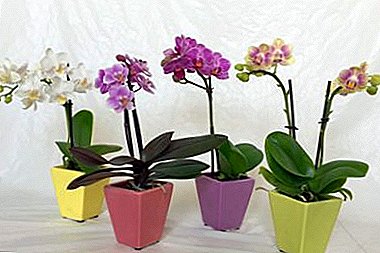
With the new direction of minimalism in the arrangement of apartment space, the fashion for mini-plants in the interior has appeared. One of the most popular is the mini orchid.
The ideal plant for a small space, suitable for any style and unpretentious care, quickly won the attention of not only gardeners, but also housewives. All the most interesting about this plant, read the article. You can also watch a useful video on this topic.
What it is?
Mini-orchids or dwarfs, as they were called by the people, resulted from the lack of growth hormones in the development of standard orchid flowers. Thus, their main feature appeared - small flowers in the group of inflorescences of a plant. It may be a plant with small flowers on a standard stem or a fully reduced copy of the whole plant.
What does it look like?
On average, the plant height reaches 15-20 cm, the size of flowers, depending on the variety, can be from 4 cm to 7 cm. The number of petals depends on the age of the plant, On average, mini-orchids have 5-7 leaves that have a bright green color throughout the year.. The number of flowers on the peduncle can reach fifteen pieces, while it is desirable to use special support grids so that the plant does not break under their weight.
Biological description
Mini-orchids are ornamental flowering herbaceous plants.. This is a perennial flower. It resembles the usual orchid, only in a reduced format. Buds, flowers, leaves, their shapes and colors completely repeat their senior counterparts. The flowering of these plants most often begins in the winter months and lasts an average of 30 days.
Miniature species and varieties, their photos
To date, the most popular mini-brands of orchids are flowers, the description of which you will see below.
Cattleya

One of the most popular is Cattley. This species is well suited for home cultivation. The most common variety of Katlea - Walker. Culture leaves rarely grow longer than 10 cm. Flowers reach 8-10 cm in diameter.
We recommend to watch the video about the features of the mini-orchid "Cattleya":
Ascocend

Ascocenda blooms 3-6 times a year and, like its relatives, does not require careful maintenance. With this plant many new flower growers begin their floral path.
We recommend to watch the video about the features of the Askocend mini-orchid:
Dwarf oncidium

Oncidium is a very unpretentious orchid species that is also popular for breeding at home.. Peduncle may contain up to 4 relatively large flowers, the diameter of which is 6-8 cm. The flowers may be white, yellow, orange and purple.
We recommend to watch the video about the features of the mini-orchid “Dwarf Oncidium”:
Cymbidium

Another look, very attractive appearance. The flower can please white, yellow, pink and cream color. Peduncle hanging, surrounded by narrow long leaves.
We recommend to watch the video about the features of the mini-orchid "Cymbidium":
Mini Phalaenopsis

Phalaenopsis dwarf orchids are especially popular among flower growers. This species pleases with a very long flowering period. The height of the peduncle may be about 30 cm, which is equal to the length of the leaves.
Phalaenopsis Mini Mark, which belongs to the category of hybrid cultures. The plant has orange-brown flower color and bright green leaves. The length of the leaves can be from 10 to 15 cm. The peculiarity of this variety is the unusual color of the flowers themselves. The flower petals in some places are as if stained with yellow orange and pink paint.
We recommend to watch the video about the cultivation of Mini Phalaenopsis:
Does the plant grow or is it always small?
Different hybrid varieties that are sold in regular stores, are complex hybrids, which were derived with the involvement of various natural species and even genera. Dimensions of hybrids depend on which species are mixed in them.If the orchid has the prefix "mini" - then so it will remain. About 40 species of mini-orchids have been found in nature, and many of them have different forms and subspecies, and the number of hybrids derived from them amounts to hundreds.
What need pots, soil?
Important: For the cultivation of mini-orchids, special sphagnum moss or peat moss is used. At the same time, after the purchase, many gardeners advise to divide the plants into their own pots, which, with their composition of soil, have oak bark.
The moss retains moisture for much longer than the usual substrate, so you should not engage in frequent watering of the plant, as this leads to the decay of its root system.
 As pots are usually used plastic vessels in which they buy an orchid. Their size is from 6-8 cm in diameter.
As pots are usually used plastic vessels in which they buy an orchid. Their size is from 6-8 cm in diameter.
This container can be put a pot of glass or plastic, which fits the interior, thus hiding it. Some varieties of mini-orchids are grown suspended, as they have a rich cluster of flowers. At the same time, pots for orchids should be transparent, this will provide better access of light to the root system.
Care instructions
Any indoor flower requires certain conditions for dew and flowering. The best conditions for a mini orchid are:
- room temperature without sharp drops;
- maintain moist air;
- Avoid direct sunlight on the plant;
- flower fertilizer according to the instructions
How to fertilize?
- Orchid need to fertilize no earlier than a half or two months after transplantation.
- Do not fertilize plants, which found rot.
- Fertilize the plant only after watering.
- In summer, the orchid needs to be fertilized 2 times a month, in winter - no more than 1 time per month.
- During flowering, do not fertilize your orchid.
Fertilizer Types:
- Root. Used to stimulate plant growth. After watering, following the instructions on the package, you need to dilute the fertilizer in water and place it in the ground with a flower. The fertilizer field should be moved to a warm room for a few hours. At the same time, if the flower is close to the window or balcony, it should be rearranged to different points in the room so that direct light from the sun does not fall on the plant.
- Foliar. In this case, the orchid should not be watered, but sprayed. Also, following the instructions, you should dilute the fertilizer in water and apply it to the leaves with a spray bottle. And in this case during the fertilization of the leaves should not touch direct sunlight. Avoid getting fertilizer on buds and flowers. It is necessary to fertilize a plant every 10-14 days during the period of active growth of mini-orchids, and not more than once a month during the rest period. This period is characterized by the suspension of physiological processes. Visually, the plant in this state does not grow and does not have strong changes. During the rest period it is not recommended to fertilize the plant. Mini-orchids have periods of summer (hot months) and late autumn.
How to transplant?
You can use the general step-by-step instructions for transplanting orchids, bearing in mind the following features of transplanting miniature orchids:
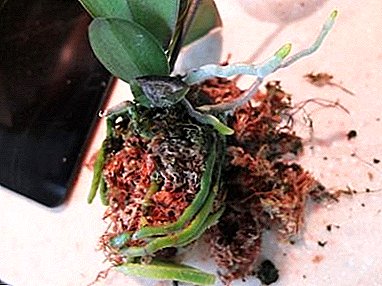 If your miniature orchid grows on the "pillow" of moss, then you need to replant such an orchid once a year. It should be transplanted mini-orchid in the spring during the period of active growth and up to the moment the peduncle is finally formed.
If your miniature orchid grows on the "pillow" of moss, then you need to replant such an orchid once a year. It should be transplanted mini-orchid in the spring during the period of active growth and up to the moment the peduncle is finally formed.- In order to separate the old soil or moss from the roots of the orchid, put the orchid for a few minutes in a container of water. Let the water soak the ground (moss) and separate the orchid roots one by one from the ground.
- If you decide to transplant an orchid into a soil consisting of bark, then use a soil consisting of pieces of bark of a small fraction.
A mini orchid pot should be a bit cramped.. So, it provides good breathability of the orchid soil. You can use a transparent pot in which the orchid grew, after rinsing it thoroughly.
We recommend to watch the video about the correct transplant of mini-orchids:
Breeding nuances
In the case of mini-orchid breeding, a “child” is used, which is separated from the flower (vegetative propagation method). When you appear, the new escape is carefully removed. Then it is immersed in a greenhouse, which was previously decomposed wet sphagnum (peat moss).
Pests and diseases
Mini orchids are not highly susceptible to disease, but non-communicable diseases are quite common.. Yellow leaves, wilted or twisted tips of leaf plate.
This may appear with improper care, which includes the following items:
- Direct sunlight will burn the leaves.
- Lack of light leads to wilting of the plant.
- Excessively frequent watering will leave to rotting root system.
- The yellowness of the leaves is also a sign that the plant is frozen.
- A room that is too warm can wilt the orchid.
The main pests of mini-orchids:
- Shchitovka - the insect looks like a solid oval aphid, having a brown-black color. Able to destroy the plant very quickly, multiplying on the leaves and the stem of the plant. The main danger is that males can fly and infect other plants in the room.
- Aphid - small harmful insect, has a color of the plant on which it lives. The “room” or “home” aphid may have a white, black or green color. Insects live in small colonies. They feed on the plant sap, as a result of which it quickly fades.
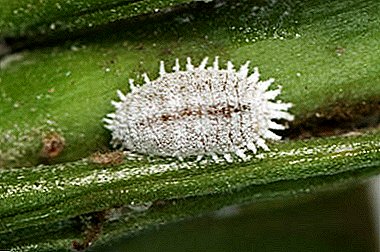 Redhead is the most dangerous pest among these representatives. The insect not only feeds on plant sap, but also secretes mucus, which promotes the appearance of fungi and attracts other insects. This is an oval-shaped insect, about 4 mm in size. There are 2 types:
Redhead is the most dangerous pest among these representatives. The insect not only feeds on plant sap, but also secretes mucus, which promotes the appearance of fungi and attracts other insects. This is an oval-shaped insect, about 4 mm in size. There are 2 types:- bristly scarlet - a red oval little body with a white bloom;
- Citrus Worm - Color varies from orange to black with white spots.
If a mini orchid is strongly affected, the damaged parts of the plant should be removed and sprayed with fungicides. With repeated defeat of the same orchid, you can not use the same drug. For spores of an infectious fungus very quickly produce immunity against fungicidal drugs.
Conclusion
In any case, it is worth remembering that with proper care and feeding of the plant, it will please you with bright colors and not get sick. So, if dwarf plants are not only beautiful flowers in your garden, but also a great gift that fits any interior and will please the owners for years.


 If your miniature orchid grows on the "pillow" of moss, then you need to replant such an orchid once a year. It should be transplanted mini-orchid in the spring during the period of active growth and up to the moment the peduncle is finally formed.
If your miniature orchid grows on the "pillow" of moss, then you need to replant such an orchid once a year. It should be transplanted mini-orchid in the spring during the period of active growth and up to the moment the peduncle is finally formed. Redhead is the most dangerous pest among these representatives. The insect not only feeds on plant sap, but also secretes mucus, which promotes the appearance of fungi and attracts other insects. This is an oval-shaped insect, about 4 mm in size. There are 2 types:
Redhead is the most dangerous pest among these representatives. The insect not only feeds on plant sap, but also secretes mucus, which promotes the appearance of fungi and attracts other insects. This is an oval-shaped insect, about 4 mm in size. There are 2 types: